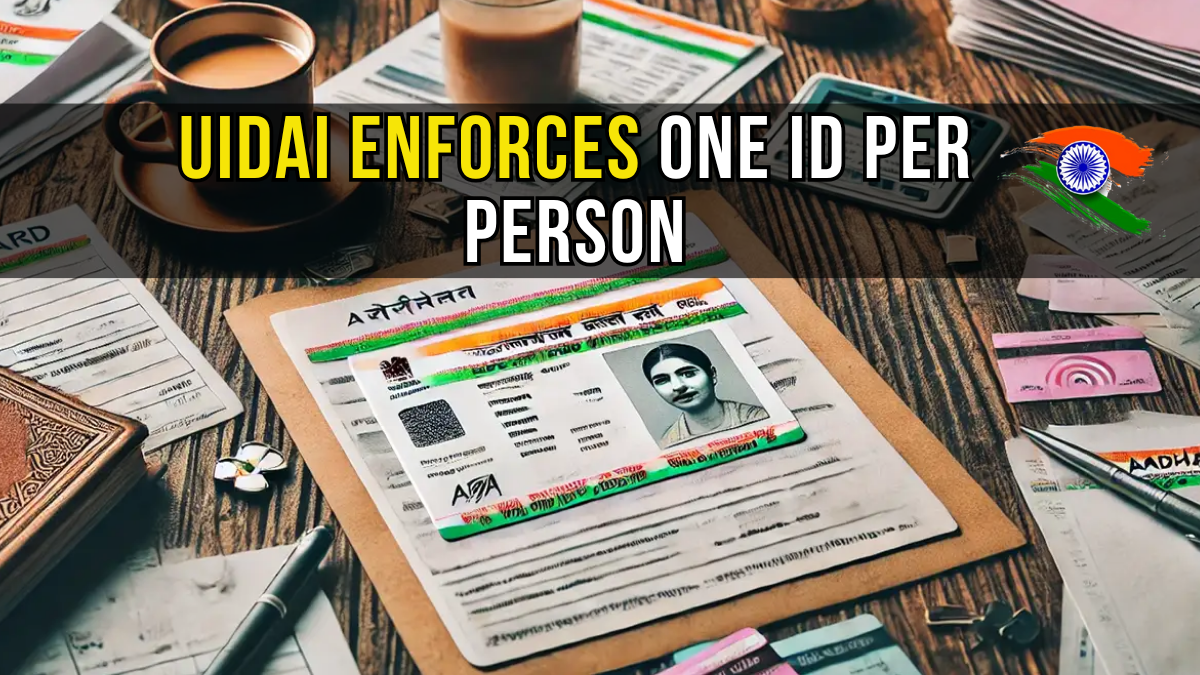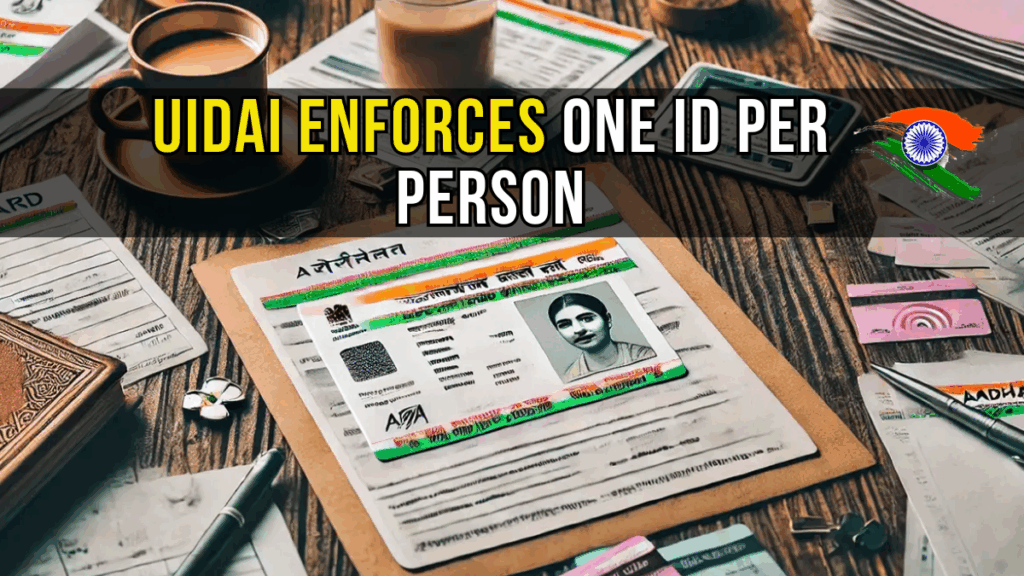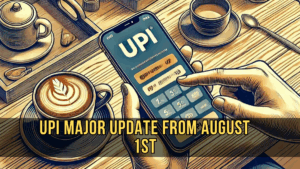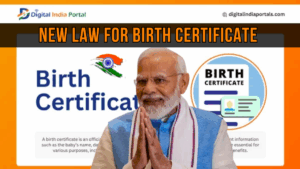Aadhar has become India’s most widely used and trusted identity verification system. Administered by the Unique Identification Authority of India (UIDAI), Aadhar is used for everything from opening bank accounts to receiving subsidies, accessing welfare programs, and verifying identity across services.

As of 2025, the UIDAI has introduced new rules and guidelines, including the much-awaited “One Aadhar Per Person” policy and an updated list of acceptable documents for both enrolment and data updates. These changes are aimed at improving transparency, curbing misuse, and streamlining identity verification across India.
Whether you’re a first-time applicant or need to update your existing Aadhar, these changes directly affect you. This article explains the updated Aadhar policies in detail and provides a clear guide to understanding what’s changed and what you need to do next.
Summary Table: UIDAI Aadhar Rules 2025
Aspect |
Details |
|---|---|
New Rule |
One Aadhar Per Person – all duplicate Aadhar numbers will be cancelled |
Document Update |
New document list released for enrolment and update |
Document Categories |
Proof of Identity (PoI), Address (PoA), Relationship (PoR), Date of Birth (DoB) |
Applies To |
Indian citizens, OCI cardholders, foreign nationals, LTV holders, children |
Aadhar Update Requirements |
Extra documentation for changes in name, gender, or date of birth |
Implementation Year |
2025–26 |
Official Website |
What Is the “One Aadhar Per Person” Rule?
In a major move to reinforce the original purpose of Aadhar as a unique digital identity, UIDAI has implemented a rule that enforces one Aadhar number per individual.
What Does This Mean?
- If a person has more than one Aadhar number, UIDAI will deactivate or cancel all duplicates.
- The first Aadhar number issued (the one linked with biometric data) will remain valid.
- No new Aadhar enrolments will be allowed for individuals already holding one, regardless of name or address differences.
Why Was This Rule Introduced?
- To prevent fraudulent enrolments using alternate identities
- To ensure accurate identity matching in subsidy distribution and government records
- To improve data integrity and national security
What Should You Do?
If you suspect you or a family member might hold more than one Aadhar number, contact UIDAI or visit an enrolment/update centre to resolve duplication issues immediately.
Updated UIDAI Document List for 2025–26
UIDAI has released a revised document list for those who are either:
- Enrolling for Aadhar for the first time
- Updating their existing Aadhar details
These documents are divided into four main categories:
1. Proof of Identity (PoI)
Used to verify who you are.
| Accepted PoI Documents |
|---|
| Indian Passport |
| PAN Card |
| Voter ID (EPIC) |
| Driving Licence |
| Ration Card with photograph |
2. Proof of Address (PoA)
Used to confirm where you live.
| Accepted PoA Documents |
|---|
| Ration Card |
| Bank Passbook with address |
| Electricity or Water Bill |
| Property Tax Receipt |
| Government-issued Residence Certificate |
3. Proof of Relationship (PoR)
Required for children or dependents enrolling under guardians or parents.
| Accepted PoR Documents |
|---|
| Birth Certificate |
| Family Entitlement Card |
| Pensioner Card |
| Passport showing family relationship |
4. Date of Birth (DoB)
Essential for enrolling children or updating age.
| Accepted DoB Documents |
|---|
| Birth Certificate |
| School Leaving Certificate |
| Indian Passport |
| Certificate from a Government Hospital |
Note: The Indian Passport is a versatile document and can be used across all four categories.
Who Do These Rules Apply To?
The updated rules are applicable to a wide range of individuals residing in India or associated with Indian identity systems:
Applicable To:
- Indian Citizens
- Overseas Citizens of India (OCI)
- Foreign Nationals Residing in India
- Children above 5 years
- Long Term Visa (LTV) Holders
Each of these categories may have slightly different document requirements, especially for foreign nationals and non-resident applicants.
Guidelines for OCI, Foreign Nationals, and LTV Holders
If you’re a foreign national, an OCI cardholder, or a long-term visa holder, you may be eligible for Aadhar or need to update your existing records.
Additional Documents Required
- Valid Foreign Passport
- Residential Permit from the Foreigners Regional Registration Office (FRRO)
- OCI Card (for Overseas Citizens of India)
- Long Term Visa (for LTV holders)
- Certificate of Registration or Employment in India
These documents help verify legal residency and identity before UIDAI grants or updates your Aadhar record.
Changing Your Aadhar Details: What You Need
Many individuals may need to update details on their Aadhar card such as:
- Name (due to marriage, divorce, etc.)
- Gender
- Date of Birth
- Mobile Number or Address
Required Documents Based on Update Type:
Type of Update |
Required Document(s) |
|---|---|
Name Change |
Gazette Notification or Court Order |
Gender Update |
Medical Certificate or Affidavit |
Date of Birth Correction |
Birth Certificate or Government School Certificate |
Address Update |
Valid PoA Document as listed above |
All documents must be recent, legible, and authentic, and match UIDAI’s updated list.
Where to Enrol or Update Aadhar
You can apply for a new Aadhar card or request an update through:
- Aadhar Seva Kendras
- Bank-based Aadhar Enrolment Centres
- Post Offices
- Authorized Government Camps
- Online Portal: https://uidai.gov.in
Online services are available for demographic updates such as name, address, mobile number, and email ID, while biometric updates require a visit to a physical enrolment center.
Full Document List and Official UIDAI Portal
For the most recent updates and complete list of documents for Aadhar enrolment or modification, you should visit:
- UIDAI Official Website: https://uidai.gov.in
- Aadhar Update Page: https://myaadhaar.uidai.gov.in
These portals also provide tools to:
- Book an appointment
- Check status of an update
- Download e-Aadhar
- Retrieve lost Aadhar numbers
Why These Changes Are Important in 2025
The UIDAI updates in 2025 are part of a national effort to:
- Reduce duplication and fraud
- Ensure that only eligible individuals hold Aadhar
- Make identity verification more secure and efficient
- Strengthen public service delivery linked to Aadhar
With increasing reliance on Aadhar for services such as passport issuance, subsidy claims, and PAN-Aadhar linking, it is essential to keep your records accurate and up-to-date.
Frequently Asked Questions (FAQs)
Q. What is the “One Aadhar Per Person” rule?
A. It means that UIDAI will allow only one unique Aadhar number per individual. Duplicate Aadhar numbers will be deactivated.
Q. Who needs to follow the new UIDAI rules?
A. All Indian citizens, as well as foreign nationals, OCI cardholders, and long-term visa holders who use Aadhar.
Q. What documents are required for a name change in Aadhar?
A. You will need a Gazette notification, court order, or marriage certificate depending on the reason.
Q. Where can I find the complete list of acceptable documents?
A. The full list is available at the UIDAI website: https://uidai.gov.in
Q. Can I update my Aadhar details online?
A. Yes, you can update demographic details such as name, address, mobile number, and email ID online. Biometric updates require a visit to an enrolment centre.
Q. What happens if I have more than one Aadhar card?
A. UIDAI will cancel all but the first Aadhar number linked with your biometric data. You should contact UIDAI to resolve this as soon as possible.
Final Thought
The Aadhar reforms of 2025 mark a significant step toward strengthening the integrity of India’s identity infrastructure. The One Aadhar Per Person rule ensures greater transparency, while the revised document list makes enrolment and updates more structured.
If you’re planning to enrol for Aadhar or need to update your details, check the latest UIDAI guidelines and ensure your documents are in order. Whether you’re a citizen, an OCI cardholder, or a long-term resident, these rules ensure your identity is securely and uniquely recorded in India’s digital systems.
For More Information Click Here









